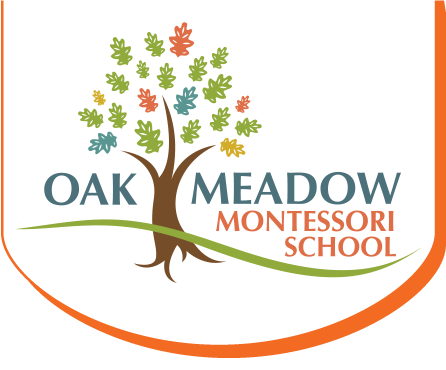The students in Mrs. Berrier’s lower elementary class were well prepared. They carefully organized their final presentation, following weeks of research, interviewing, and problem-solving. This wasn’t your typical academic exercise. The students were solving a real and unsolved problem faced by an organization in our community.

Meeting with Danielle Wordell at Nevins Farm
This project began several weeks ago as part of a curriculum unit studying animals. The first step was a visit to Nevins Farm MSPCA (Massachusetts Society for the Prevention of Cruelty to Animals) to meet with Danielle Wordell, the Education Coordinator. “I’ve worked with many student groups in the past,” said Danielle, “but students have never asked if they could help solve a problem we face. That is something different.” After giving this unique request some thought, Danielle explained to the students that people who purchase or adopt dogs don’t always understand the importance of consistent pet training. She explained that this unsolved problem is often what leads people to give up pets who may have behavior problems. She asked the students if they could help in coming up with some ideas to address this real problem.

Using charts to present data
The students got right to work. They started by creating a timeline which showed everything they needed to complete before the final presentation.They did research in books and online with help from the teacher. They interviewed a professional dog trainer in the community to learn more about what’s involved in effective training. Preparing for this interview included learning how to ask good questions, listening carefully to the expert, and taking notes. Several students worked on creating a survey to circulate among the parents. They had to think about what questions were most important to ask, and how to evaluate the data received. Finally, the students created a “problem solving data chart.” To better organize the results, they also put some of their findings into a pie chart.
Once the class had completed all of the data collection, they worked together as a group to think about possible solutions. One of the students shared with me, “It’s really hard to work together. All of the students had ideas. The hard part was trying to figure out which ideas to chose. At first, everyone was shooting down others’ ideas. We had to learn that you can’t make assumptions that an idea will be bad. We learned that it is important to listen. This is what helps you come up with better ideas than the first ones.”
One solution developed by students involved developing a poster of logos that promoted the idea of dog training in the community. Examples included “ready, set train” and “want tricks, use clicks.” The students also made charms and bracelets to sell during the community Otter Lodge event in the spring, raising $123 as a donation to Nevins Farm for dog training.

Hearing feedback from Danielle following the final presentation
Finally, the students had to present their solutions to Danielle Wordell, who visited campus with her dog Tucker. All of the students took part in explaining different aspects of their research and solutions. There was an amazing sense of professionalism about the entire presentation. The students spoke calmly and with assurance based on all of their hard work. Their charts and diagrams clearly illustrated how they used real data to develop their ideas. At the conclusion, the students presented Danielle with a check, the product of their fundraising effort.
“You guys did a really nice job with your presentation,” Danielle told the students. “Often, the problems dogs have are because we let them down, and we haven’t shown them everything they need to know. That’s really important because a lot of people think you just get an animal and they expect the animal to just know how to do things. All animals need to be shown the rules, just like you guys need to be shown the rules by your parents and teachers. When you don’t have people teaching you, you will do the wrong thing without knowing it. Dogs are really intelligent animals, but they don’t know how to do everything.”
After the presentation was completed, I asked a student what stood out to her from this experience. “I didn’t know that places like Nevins Farm had problems. It was such a hard problem to fix. That made us want to work on it. It was stressful. Oh my gosh, we had to do this in such a short amount of time. We learned that everyone had good ideas, and we learned that we could help fix the problem.”
This entire lesson plan was part of pilot program designed by the teacher, Mrs. Berrier, following a workshop at the Korda Institute for Teaching and Learning, working with hundreds of educators around the world. It is one of three pilot projects underway at Oak Meadow School this year. Through this project, this group of elementary students acquired important, practical experience and developed real-life, problem-solving skills while making an impact in our community.





